Bathroom tile ideas natural stone vs porcelain
1. What is natural stone?
If you are considering adding natural stone tile to your home, you may be wondering what exactly natural stone is. Natural stone is a material that is quarried from the earth. This includes materials such as marble, granite, limestone, and travertine. Natural stone tile is a popular choice for both indoor and outdoor applications.
Natural stone tile is a beautiful and durable option for your home. It adds a luxurious look and feels to any space. Natural stone is also easy to care for and maintain. With proper care, your natural stone tile will last for many years to come.
There are a few things to keep in mind when choosing natural stone tile for your home. First, natural stone is a porous material. This means that it can absorb spills and stains. To prevent this, it is important to seal your natural stone before use. Second, natural stone is a heavy material. This may require additional support when installing. Third, because natural stone is a natural material, each tile is unique. This means that there may be variations in color and pattern from one tile to the next.
Natural stone tile is a beautiful and durable option for your home. When choosing natural stone tile, it is important to keep

2. What is porcelain?
Porcelain is a ceramic material that is characterized by being translucent, white, and having a low water absorption rate. Porcelain tile is made from a mixture of clay and minerals, including kaolin and quartz. The clay is fired at high temperatures, which causes the minerals to fuse together and form a glass-like material.
Porcelain tile is often used as an alternative to natural stone or marble. It is less porous than natural stone, making it less susceptible to stains and more durable. Porcelain tile is also less likely to chip or crack than natural stone.
If you are looking for a tile that has the look of natural stone or marble but with the added durability and stain resistance of porcelain, then porcelain tile is a great option for you.

3. Advantages and disadvantages of natural stone
There are many different types of natural stone that can be used for flooring, including tile, marble, mosaic tile, porcelain tile, and travertine. Each type of natural stone has its own advantages and disadvantages that should be considered before making a purchase.
Tile is a popular choice for natural stone flooring because it is durable and easy to clean. However, tile can be slippery and may require more maintenance than some other types of natural stone.
Marble is a classic choice for natural stone flooring and can add a touch of elegance to any home. However, marble is a soft stone and can scratch or chip easily. It also needs to be sealed and polished regularly to maintain its appearance.
Mosaic tile is a unique and beautiful option for natural stone flooring. However, mosaic tile can be difficult to install and is not as durable as some other types of natural stone.
Porcelain tile is a durable and easy-to-care-for option for natural stone flooring. However, porcelain tile is a manufactured product and does not have the same look or feel as genuine stone.
Travertine is a popular choice for natural stone flooring
4. Advantages and disadvantages of porcelain
There are many different types of flooring to choose from these days, and each has its own advantages and disadvantages. For example, natural stone such as marble or travertine is very beautiful but can be expensive and require more maintenance than other types of flooring. mosaic tile can be very elegant but can also be difficult to clean. Porcelain tile is one type of flooring that offers many benefits, but there are also some disadvantages to be aware of.
Porcelain tile is very strong and durable, making it a good choice for high-traffic areas. It is also easy to clean and is resistant to stains and scratches. Porcelain tile is also water-resistant, making it a good choice for kitchens and bathrooms. One disadvantage of porcelain tile is that it can be slippery when wet. Another disadvantage is that porcelain tile is not aswarm as natural stone, so it may not be the best choice for a floor that receives a lot of direct sunlight.
5. Factors to consider when choosing bathroom tile
There are many factors to consider when choosing bathroom tile, including natural stone, marble, mosaic tile, porcelain tile, marble, travertine, and limestone. Here are a few things to keep in mind when making your selection:
- Tile material: The type of tile you choose will affect both the look and feel of your bathroom. Natural stone and marble tiles are classic and luxurious, while mosaic and porcelain tiles are more versatile and can be used to create a variety of looks.
- Tile size: The size of the tile you choose will also impact the overall look of your bathroom. larger tiles can make a small space appear bigger, while smaller tiles can be used to create a more intricate design.
- Tile color: The color of your tile can also play a role in the overall look and feel of your bathroom. For a more traditional look, opt for white or neutral-colored tiles. To make a bolder statement, choose tiles in brighter colors or patterns.
- Tile installation: When it comes to tile installation, there are a few things to keep in mind. First, make sure to choose a professional installer who has experience working with the type of tile you've selected
6. Maintenance of natural stone and porcelain
When it comes to tile, natural stone and porcelain are two of the most popular materials used in home design. But what is the difference between the two materials? Natural stone is made from quarried stone, such as granite, marble, travertine and limestone. Porcelain is a type of ceramic tile that is made from a mixture of clay and feldspar. Both materials are extremely durable and can last a lifetime with proper care and maintenance.
When it comes to upkeep, natural stone and porcelain tile require different approaches. Natural stone is more porous than porcelain and therefore is more susceptible to staining and etching. Porcelain is non-porous and more resistant to staining, but it can be scratched more easily. To care for natural stone, it is important to seal it on a regular basis and to clean up spills quickly. For porcelain tile, regular sweeping and mopping is usually enough to keep it looking clean and new.
Both natural stone and porcelain tile can add beauty and value to your home. With proper care and maintenance, they will continue to look great for years to come.
7. Examples of natural stone and porcelain bathroom tile
When deciding on bathroom tile, there are many options available. Natural stone and porcelain tile are two popular choices.
Natural stone tile, such as marble, mosaic, and travertine, adds a luxurious and high-end look to any bathroom. Marble is a classic choice that will never go out of style, while mosaic tile can add a unique and interesting touch. Travertine is a less expensive option that still provides a natural stone look.
Porcelain tile is a great choice for a bathroom because it is durable and easy to clean. Porcelain tile comes in a variety of colors and styles, so it is easy to find a tile that fits your bathroom’s décor.
Both natural stone and porcelain have their pros and cons when it comes to bathroom tile ideas. It really depends on your own personal preferences as to which one you will choose. If you value durability and natural beauty, then natural stone might be the better option for you. However, if you are looking for a more budget-friendly option, then porcelain might be the way to go. Whichever route you choose, make sure to do your research so that you end up with the bathroom of your dreams!


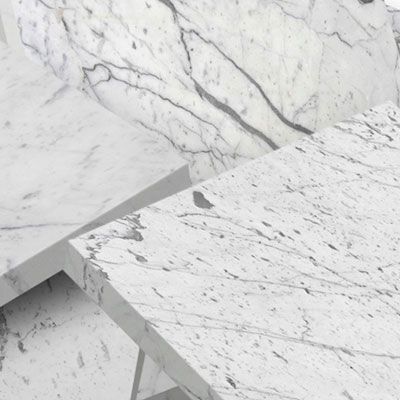
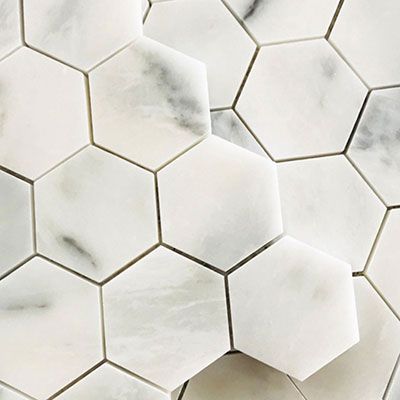

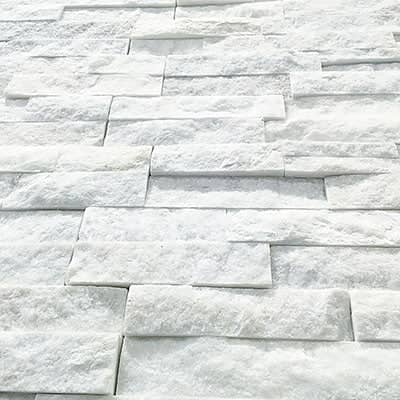
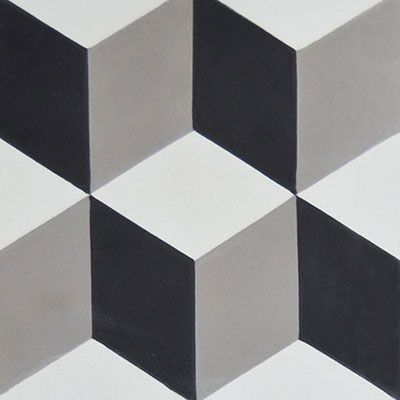
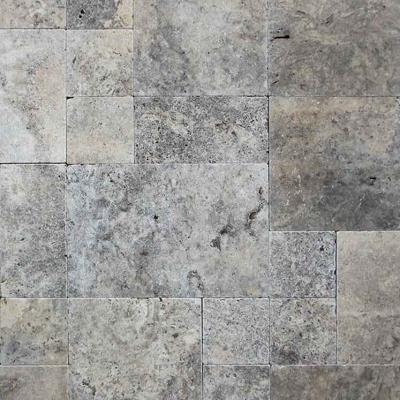
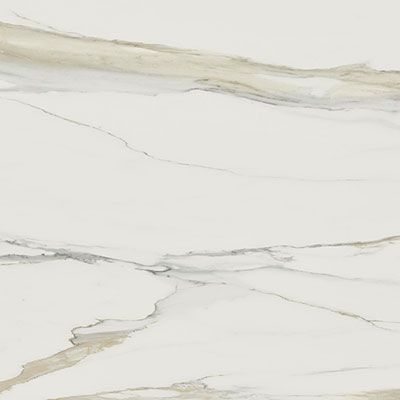
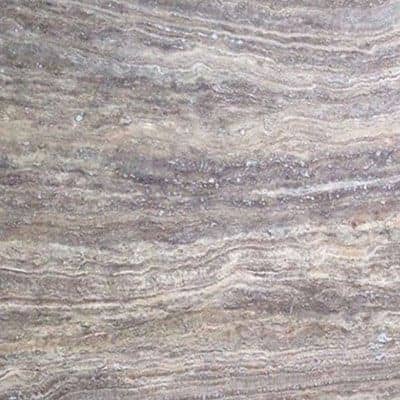
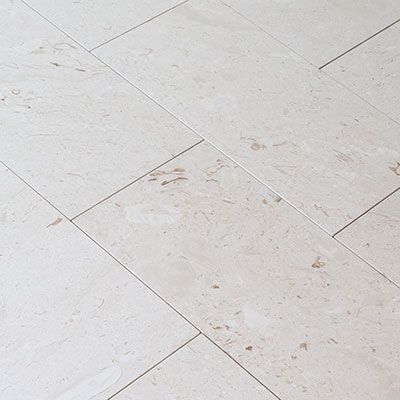
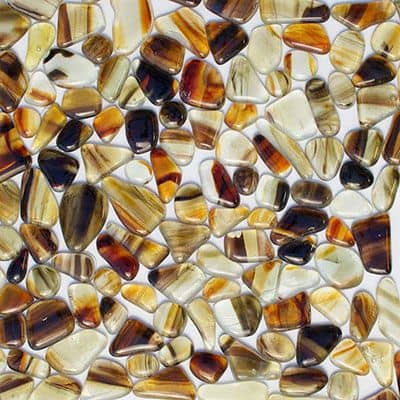
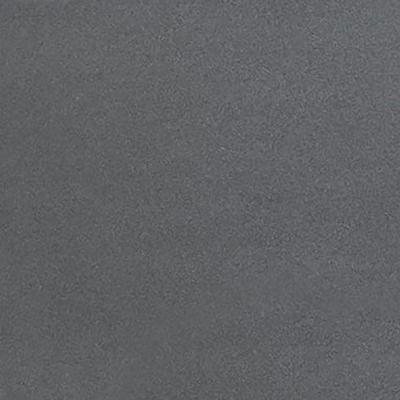
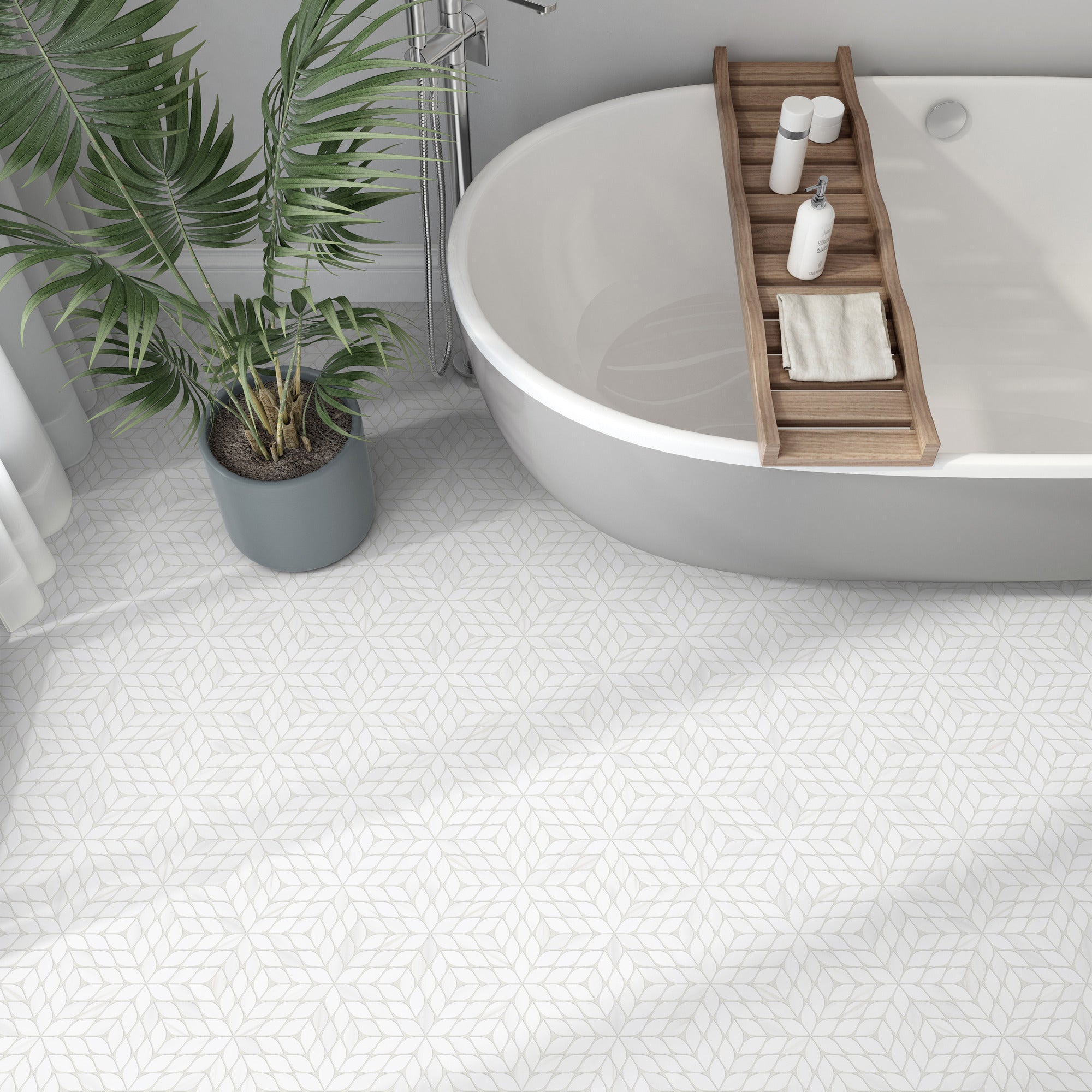






really enjoyed reading your blog you have described very well about Natural Stone and Porcelain Tiles. its really for those whose wants to choose their home decor between them.